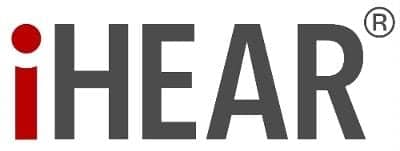07-13-2006
Speech-language pathologists appeared to receive long-awaited recognition through a recent report that called for better federal government data collection in order to assess a beneficiary’s need for outpatient rehabilitation services.
Issued by the Medicare Payment Advisory Commission (MedPAC), an independent advisory body on Medicare, the report highlighted the importance of a Medicare provider number for speech-language pathologists (SLPs) to improve accountability. MedPAC also noted that an SLP provider number would be necessary if Medicare payments are ever linked to patient outcomes as proposed in legislation being considered by Congress. Only physical therapists and occupational therapists currently have provider numbers. Moreover, throughout the report, MedPAC recognized speech-language pathology as a distinct and separate profession in its referencing of three major outpatient rehabilitation services.
“ASHA commends MedPAC for its thorough and balanced analysis of spending for Medicare rehabilitation services, as well as the potential to enhance value in purchasing them,” says ASHA President Alex Johnson. “Information about speech-language pathology and other therapy services that is gathered by Medicare is limited—and this is a major obstacle to payment reform.”
The June MedPAC report also reviewed several assessment tools to determine a patient’s functional improvement, including the National Outcomes Measurement Systems (NOMS), as developed by ASHA, Rockville, Md. NOMS utilizes a series of disorder-specific rating scales for speech-language pathology services that are designed to describe the change in an individual’s functional communication ability over time. NOMS was developed to assess patients in all settings, including inpatient rehabilitation and skilled nursing facilities, as well as outpatient clinics and home health care.
MedPAC noted that NOMS was the only outcomes measurement tool reviewed that was able to assess patients with severe speech, swallowing, cognitive, and communication disorders.
[SOURCE: ASHA, June 27, 2006]


